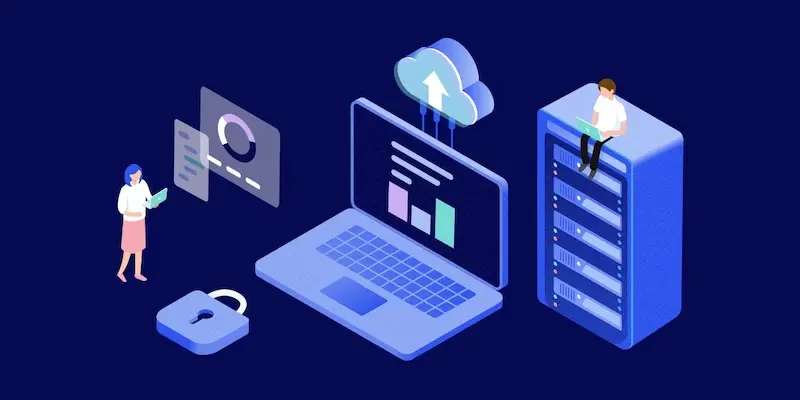Data Privacy Tips for Businesses Working with Remote Teams
For companies all over the world, remote work has become a permanent reality. This isn’t surprising, given the immense advantages this way of working presents. But, while it provides flexibility and opportunities for global collaboration, we can’t deny the data privacy risks that come along with it.
If companies want to stay safe, they have to be proactive, taking measures to prevent emergencies like a data breach. Safeguarding confidential information is crucial, especially for companies that employ remote workers, given that they might work with public Wi-Fi networks.
How to establish clear security policies
If a company wants to get serious about its cybersecurity, it’s fundamental to create an accessible security policy. Employees have to know how to act online, what to do in case they detect a threat, and who’s responsible for handling these threats. Handling sensitive files and avoiding certain unsafe online practices is also very important.
These policies should include:
-
Guidelines for using personal devices so that they’re secure.
-
Rules for password creation and management, because having one password for everything just doesn’t cut it anymore.
-
Instructions for reporting suspicious activity, even if it turns out to be a false alarm.
With a strong policy in this matter, companies set the right expectations for their workers and reduce the confusion that can so easily arise when working remotely. The employees effectively become the first line of defense against cybercriminals.
Regular training for employees is essential.
Without training, nobody knows what to look for. Cyber threats evolve every day, and employees should be prepared to deal with them. While research shows that 64% of remote-only employees claim they are very likely to pursue other job options should they be denied the option of remote work flexibility, this means they have to be trained in keeping the company and their data safe. Cybersecurity has become an essential tool for companies, now more so than ever before.
A company might have the most advanced security tools, but if nobody knows how to use them correctly, they don’t do their job very well. These are a few important topics that can be covered in training:
-
Recognizing phishing attempts.
-
Browsing safely.
-
Updating software.
-
Password management.
Their training should be short and dynamic, but frequent, so that they’re prepared for the most advanced threats.
Data management and safety
Most people aren’t aware that, when they send and receive files or share documents, their data becomes compromised. Companies routinely handle their confidential information. By using a reliable VPN service, such as Surfshark, they can encrypt these data transfers, protecting employees even if they’re working on public networks, and reducing the chance of a successful cyberattack.
Multi-factor authentication is a must.t
Secure passwords thwart a lot of attacks, but they can’t do everything on their own. That’s when MFA comes into play.
This measure adds another layer of protection because users must confirm their identity with a second method, like a code or a biometric scan sent directly to their phones. Criminals, then, have a much more difficult time getting into accounts protected in this way.
Keeping devices updated
While hardware updates aren’t something everyone keeps in mind, software updates are a very different matter. Since cyber threats evolve every day and become more advanced, almost every piece of software has to be updated with the latest security patches in the market. Otherwise, the device becomes vulnerable to cybercriminals seeking to exploit it.
Not everyone gets access to sensitive data.
Limiting data access is fundamental to knowing what to do in emergencies. It’s much easier to deal with a cyberattack if the company knows exactly which device was compromised and who was handling that information.
Access control permissions are a necessary step for those who take the digital safety of their company seriously, especially with remote workers.
To sum up
When a company needs to handle data privacy with remote workers, it needs a proactive approach and something that covers the most ground in the shortest time. That’s why several measures have to be put in place at the same time, like strong policies, limits in data access, employee education, and VPNs, aside from others we’ve mentioned.
When companies take these steps, they can keep the trust of both their employee and their clients, and ensure that remote workers are as safe as those who commute to their office.
Visit the rest of the site for more interesting and useful articles.

